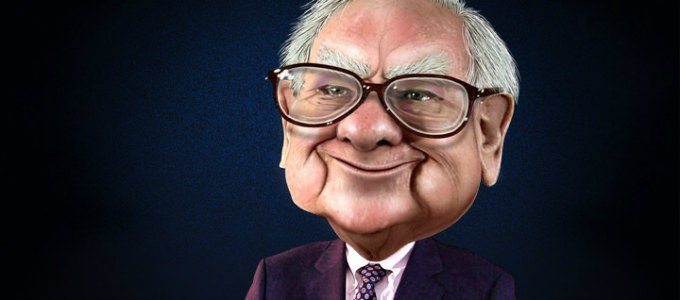By the time you read this, thousands will have visited Omaha, Nebraska, to hear an 84-year-old man opine on the state of the financial world.
Dubbed “Woodstock for Capitalists,” the annual shareholders meeting of Berkshire Hathaway, the hugely successful conglomerate led by billionaire Warren Buffett, is for many in the business world the party of the year.
The week leading up to the event each May is packed with parties. Hotels in Omaha are booked far in advance. The city’s airport is overflowing with private jets belonging to some of the world’s wealthiest individuals and their wives, kids, extended relatives, pets — you name it.
And then, with the stadium packed to the hilt, the annual meeting’s main event takes place: Buffett takes the stage alongside his longtime business partner Charlie Munger, and gives his views on things like seasonal insurance policy gains, book value scale figures and increased interest rate pull on asset prices. For five hours. And the crowd goes wild.
This is for good reason. Buffett, one of the world’s richest individuals with an estimated net worth of $70 billion, created his immense wealth by adopting a strategy many people have tried many times to emulate: buy lots of stocks — or companies — when they’re undervalued by the market, and hold them for the long term.
This is the fundamental view of investing that Buffett has taken his whole life. His purchase and continuous investment in Berkshire is perfectly emblematic of its effectiveness.
In 1962, when Buffett began buying stock in Berkshire, business was waning for the then-textile manufacturer. So Buffett bought even more of Berkshire’s stock — to the point where he retained complete ownership control of the company.
In time, Buffett used his business savvy to transform Berkshire into a holding company of various other businesses — most notably insurance — while winding down its failing textile business.
In short, Berkshire finds companies with fundamentally sound business outlooks, acquires them — or invests heavily in their stock — and lets them do their thing with minimal oversight.
It’s a strategy that has worked well. In the 50-plus years that Buffett has owned Berkshire, its stock is up 1,826,163 percent.
While there are certainly investment lessons to learn from Buffett, not everyone can be a buy-and-hold billionaire. Buffett’s financial discipline is unmatched, and his timing of starting in the early 1960s is impossible to copy.
Still, Berkshire’s ability to identify overlooked and undervalued assets is also fitting to managing people. As talent managers, consider areas of your human capital strategy that are overlooked and undervalued, find time to invest effort in them, and watch them grow.
For instance, don’t underestimate the value that employees bring, no matter their connection to revenue.
In this year’s annual letter to shareholders, Buffett praised not only Berkshire’s most senior leaders — some of whom are rumored to be in line to succeed him as CEO — but also the company’s former secretary who organized the annual meeting.
“Carrie is unflappable, ingenious and expert at bringing out the best in the hundreds who work with her,” Buffett wrote.
Every organization likely has hundreds, if not thousands, of people like Carrie. These are employees who on the surface don’t appear to be highly valuable because their role doesn’t pose a direct link to a line of business or to senior leadership. Many of these people are in HR.
In an era where “high potential” talent is given a golden key to exclusive internal development opportunities, it’s worth remembering that there are people investments to be made in other areas.
Think of it as buy-and-hold talent management.
It won’t make you rich — but it may make your talent management strategy a more valuable asset.

















